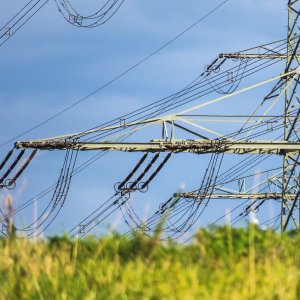Future of the Electricity Sector After the Energy Reform

STORY INLINE POST
Q: What opportunities will the Energy Reform provide the private sector in transmission and distribution?
A: The constitutional modification of the Energy Reform means that the State will control and plan the grid while the activities regulated by Article 25, namely the strategic areas of transmission and distribution, will be opened up to private participation. The government will be in charge of planning the grid and the involvement of all payers. Distribution is more complicated as there are many social issues involved and tariffs are subsidized. We need to wait and see how the subsidy model will change, whether it will continue subsidizing the first level of consumption or whether subsidies will become focalized. Subsidies are a big issue for investors seeking to enter the distribution market. Transmission is a more secure area for investment as Mexico needs this infrastructure. As energy generation in remote areas increases, investment in infrastructure will be required in order to get that energy to consumption centers. The investor puts the infrastructure in place and offers its transmission service to the generation market.
Q: How is the Open Season scheme going to change and what role will it play in the future?
A: Open Season was a tool to attract private investment without changing the regulatory framework. Now that limitations in the regulatory framework have been removed, the possibility of expanding the Open Season schemes will increase, although the name might change. Following the Energy Reform, infrastructure requirements can be covered by private parties without having to go through an Open Season, although a tender process will still exist.
Q: How important will model contracts become?
A: We do not have the model contracts in place yet. However, I can tell you that the public sector will not be the only responsible party for satisfying electricity demand as private players will also be involved. Large consumers will be able to enter into agreements with large energy generators. On the supply side, groups of small consumers can pool their energy demands to create energy off-taker and enter the market to obtain lower costs. This model has to be reflected in the legal framework, and there will be more flexible models with more legal certainty.
Q: How will this growing flexibility in energy sector influence CFE to become a more roductive company?
A: CFE is a good company but it has to become more efficient, it has to be able become part of the stock exchange, and needs better conditions to operate and standardize activities, while working closely with the union. The scheme created for PEMEX and CFE by the Energy Reform does not exist yet. It has to be created in the secondary laws, which determine the conditions under which these companies will be improving their operations. Under this new legal framework, issues like how the subsidies will work and the relationship between CFE, its union and its pension liability will be dealt with. Subsidies and pension liability are CFE’s major problems. If these two issues are removed, then the company can become more productive. CFE has to keep generating, transmitting, distributing, and commercializing energy, while also becoming a more competitive player.
The law mandates CFE has to generate energy at the lowest cost for the country, rather than the lowest cost for CFE. This has been one of the main problems when internalizing externalities; if energy is bought at the lowest cost for the state, then social and environmental variables would have to be added to the technical variables that are already being taken into account. This is why it was important to separate CENACE from CFE, otherwise the market and sector management would favor only one player. Q: How long will it take to provide the required legal certainty? A: In the Energy Reform, a period of 120 days was established to create the new legal framework. The legislation has to go through Congress which begins working in February and ends its first term of 2014 on April 30. By that time, at least 60% to 65% of the secondary laws should be set. We have determined that 23 to 28 laws have to be modified due to the Energy Reform. This is a huge endeavor to take on in 120 days. The sector that will be able to respond most quickly to these changes is the electricity sector as most of the work has already been done. Most of the infrastructure is already there and it is now mostly a matter of protocols that have to be developed.





















